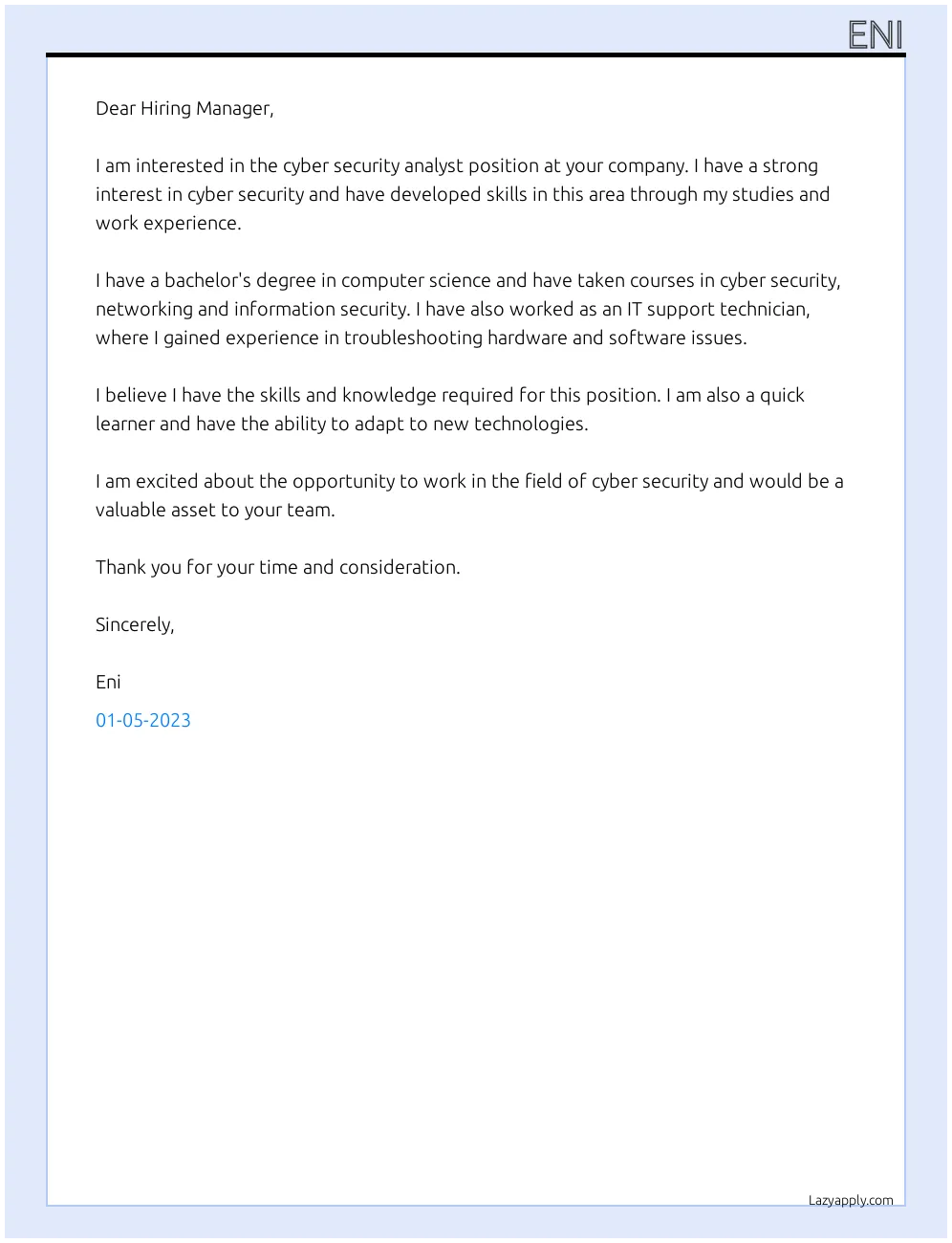Understanding the Importance of a Cover Letter
A well-crafted cover letter is your first introduction to a potential employer. It serves as a crucial tool in your job application, providing an opportunity to showcase your personality, skills, and enthusiasm beyond what is listed in your resume. Think of it as a personal sales pitch, designed to convince the hiring manager that you are the ideal candidate for the position. It is more than just a formality it is an essential element that can significantly impact your chances of getting an interview. Ignoring a cover letter or submitting a generic one can be a major setback in your job search, potentially leading to your application being overlooked. A compelling cover letter grabs the reader’s attention and encourages them to delve deeper into your qualifications. It allows you to explain why you are interested in the specific role and the company, connecting your skills and experiences to their needs. Essentially, a cover letter bridges the gap between your resume and the job description, making your application stand out from the crowd.
Key Components of a Cover Letter
Contact Information
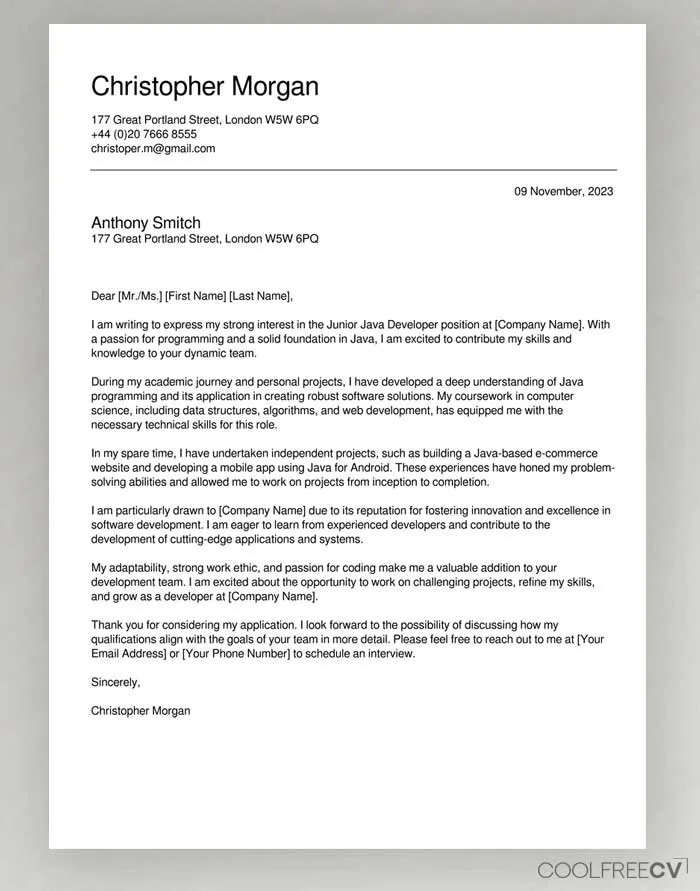
Begin your cover letter with your contact information in a professional format. This typically includes your full name, phone number, email address, and optionally, your LinkedIn profile URL. This information should be clearly presented at the top, making it easy for the hiring manager to reach you. Ensure your email address is professional and reflects your name or a related professional identity, avoiding any informal or outdated addresses. Also, make sure your phone number is accurate and your voicemail is set up with a professional greeting. This attention to detail demonstrates your professionalism and seriousness about the job opportunity.
Professional Greeting
Address your cover letter to a specific person whenever possible. Research the hiring manager’s name through the company website, LinkedIn, or by contacting the company directly. A personalized greeting, such as “Dear Mr. /Ms. [Last Name],” shows that you have taken the time to research the company and the role. If you cannot find a specific name, use a general greeting like “Dear Hiring Manager.” Avoid generic greetings like “To Whom It May Concern” or “Dear Sir/Madam”, as they suggest a lack of effort. The correct greeting sets the tone for a professional and engaged communication, signaling to the reader that you care about the opportunity.
Opening Paragraph
The opening paragraph should immediately capture the reader’s attention and state the purpose of your letter. Clearly mention the specific job you are applying for and where you saw the job posting. Briefly highlight your most relevant qualifications and express your enthusiasm for the opportunity. Avoid generic opening lines; instead, make it personal and show that you understand the company’s needs. For example, you might mention a recent company achievement that resonates with your skills or experiences. This initial paragraph sets the stage for the rest of the letter, so make sure it’s concise, engaging, and aligned with the job requirements.
Body Paragraphs

The body paragraphs are where you showcase your skills and experiences, demonstrating how you meet the job requirements. Each paragraph should focus on a specific skill or experience and provide concrete examples of your accomplishments. Use the job description as a guide to tailor your examples and emphasize the qualities that the employer is looking for. This is your chance to illustrate the value you can bring to the company. Use action verbs and quantify your achievements whenever possible. For example, instead of saying “Managed projects,” say “Managed and successfully delivered five projects on time and under budget, resulting in a 15% increase in efficiency.” Tailor each paragraph to the specific job, showing that you have carefully considered the role and the company’s needs.
Highlighting Relevant Skills
Identify the key skills and experiences mentioned in the job description and provide evidence of how you have demonstrated these skills in previous roles. This is not simply a list of skills but a narrative that ties your experiences to the job requirements. Use the STAR method (Situation, Task, Action, Result) to structure your examples, providing context, outlining the task, explaining the actions you took, and detailing the positive results. This structured approach helps employers understand your capabilities and accomplishments. Make sure your chosen examples directly address the needs of the company, showing them that you are a good fit.
Quantifying Achievements
Whenever possible, quantify your achievements to provide concrete evidence of your impact. Use numbers, percentages, and specific data to demonstrate the results of your work. Instead of saying “Improved customer satisfaction,” say “Improved customer satisfaction scores by 20% through implementation of a new customer service strategy.” Quantifying your achievements adds credibility and makes your cover letter more persuasive. This also allows the hiring manager to easily understand the value you bring to the table. Even in roles where metrics are not readily available, try to find ways to quantify your contributions. For instance, instead of saying you “Managed a team,” say you “Managed a team of 10 employees, resulting in a 10% increase in team productivity.” Using data makes your accomplishments more tangible and impactful.
Demonstrating Company Knowledge
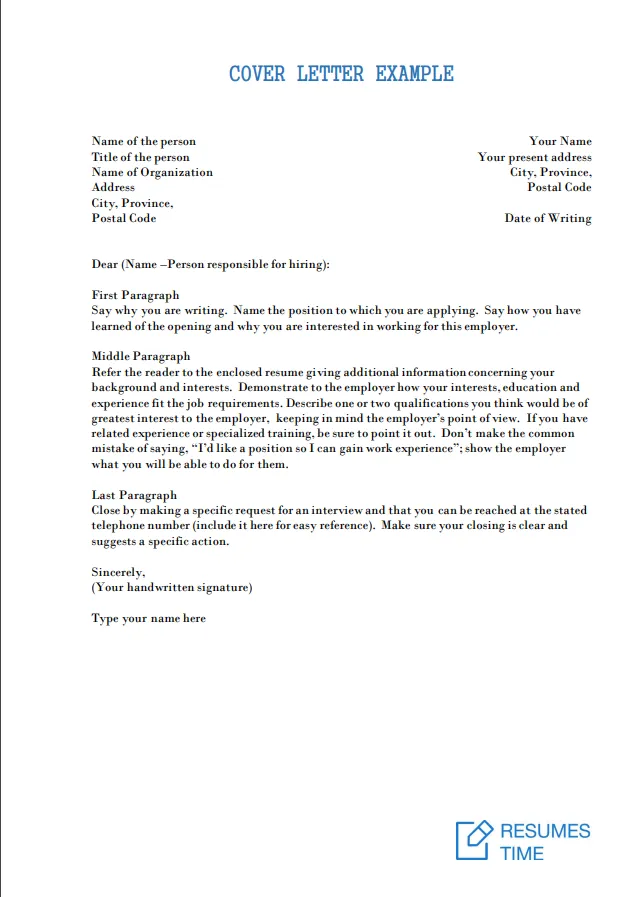
Show that you have researched the company and understand its mission, values, and recent accomplishments. Mention specific projects or initiatives that resonate with you and explain why you are excited to contribute. Customize your cover letter to reflect your interest in the specific company and the role. Show your understanding of the industry and how the company positions itself within it. This shows your genuine interest and proactive approach. Demonstrate this knowledge by mentioning specific aspects of the company that you find interesting and relate to your own goals. This personalized touch makes your application stand out from generic applications and demonstrates a deeper level of engagement.
Closing Paragraph
Expressing Enthusiasm and Call to Action
In your closing paragraph, restate your enthusiasm for the position and reiterate your interest in the company. Include a clear call to action, such as requesting an interview and expressing your willingness to provide further information. Thank the hiring manager for their time and consideration. Keep the tone professional and confident, ending with a positive statement that leaves a lasting impression. For example, you can end with “Thank you for considering my application. I am eager to discuss how my skills and experience can benefit your team. I look forward to the opportunity to speak with you soon.” Avoid overly casual or generic endings. This shows that you are proactive and serious about the opportunity and provides a clear path for the next steps.
Formatting and Style Guide

Font and Layout Recommendations
Choose a professional font such as Times New Roman, Arial, or Calibri, with a font size between 10 and 12 points. Ensure your cover letter is easy to read and visually appealing. Use a clean and uncluttered layout with appropriate spacing between paragraphs and sections. Use standard margins (1 inch on all sides) and align the text to the left. Avoid excessive use of bolding, underlining, or italics, as they can be distracting. Proofread your cover letter for any formatting inconsistencies. Consistency in font style, size, and layout demonstrates attention to detail, making it easier for the hiring manager to read and comprehend the information.
Proofreading and Editing
Proofread your cover letter multiple times to catch any errors in grammar, spelling, and punctuation. Errors can undermine your credibility and make a negative impression. Read the letter aloud to identify awkward phrasing or sentence structure. It is also beneficial to have someone else review your cover letter; a fresh pair of eyes can often catch mistakes you might miss. Pay close attention to the tone and ensure it reflects your professionalism and enthusiasm for the job. Ensure that the content aligns with the job requirements and that you effectively highlight your skills and experiences. A well-edited cover letter conveys attention to detail and a commitment to presenting yourself in the best possible light.
Common Mistakes to Avoid
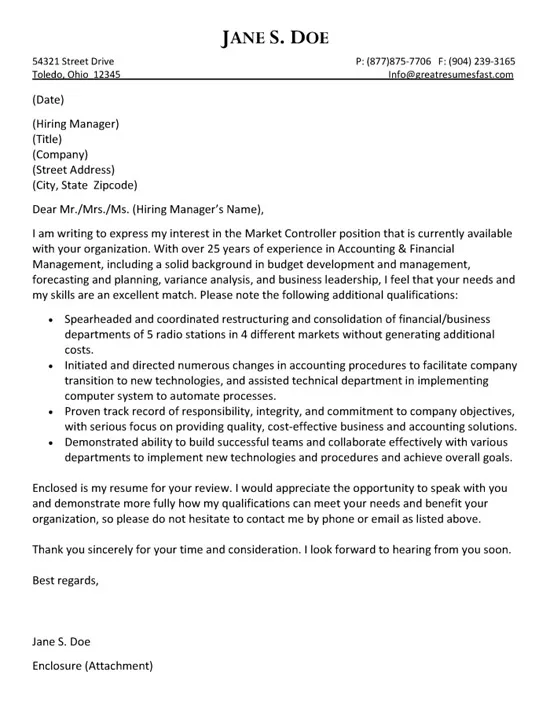
Generic Content
Avoid using generic cover letters that could apply to any job. Tailor each letter to the specific role and company. Generic letters suggest a lack of effort and genuine interest. The hiring manager needs to see how your skills and experiences specifically align with the job requirements. Show your understanding of the company’s needs and explain why you are a great fit for that role. Focus on the value you bring to the company. To personalize a cover letter, research the company, customize the content, and address it to the hiring manager by name. This demonstrates your genuine interest in the company and makes your application stand out from the crowd.
Typos and Grammatical Errors
Typos and grammatical errors can create a negative impression, making your cover letter appear unprofessional and careless. Before submitting your application, thoroughly proofread your cover letter, and consider using a grammar checker. Read the letter aloud to catch errors. It is also helpful to have a friend, family member, or career advisor review your letter for any mistakes. Even a minor error can detract from your message and undermine your credibility. A well-written cover letter showcases attention to detail, while errors may signal a lack of attention to detail, potentially leading to the rejection of your application. Proofreading and editing are crucial to ensuring your letter is polished and professional.
Lengthy Cover Letters
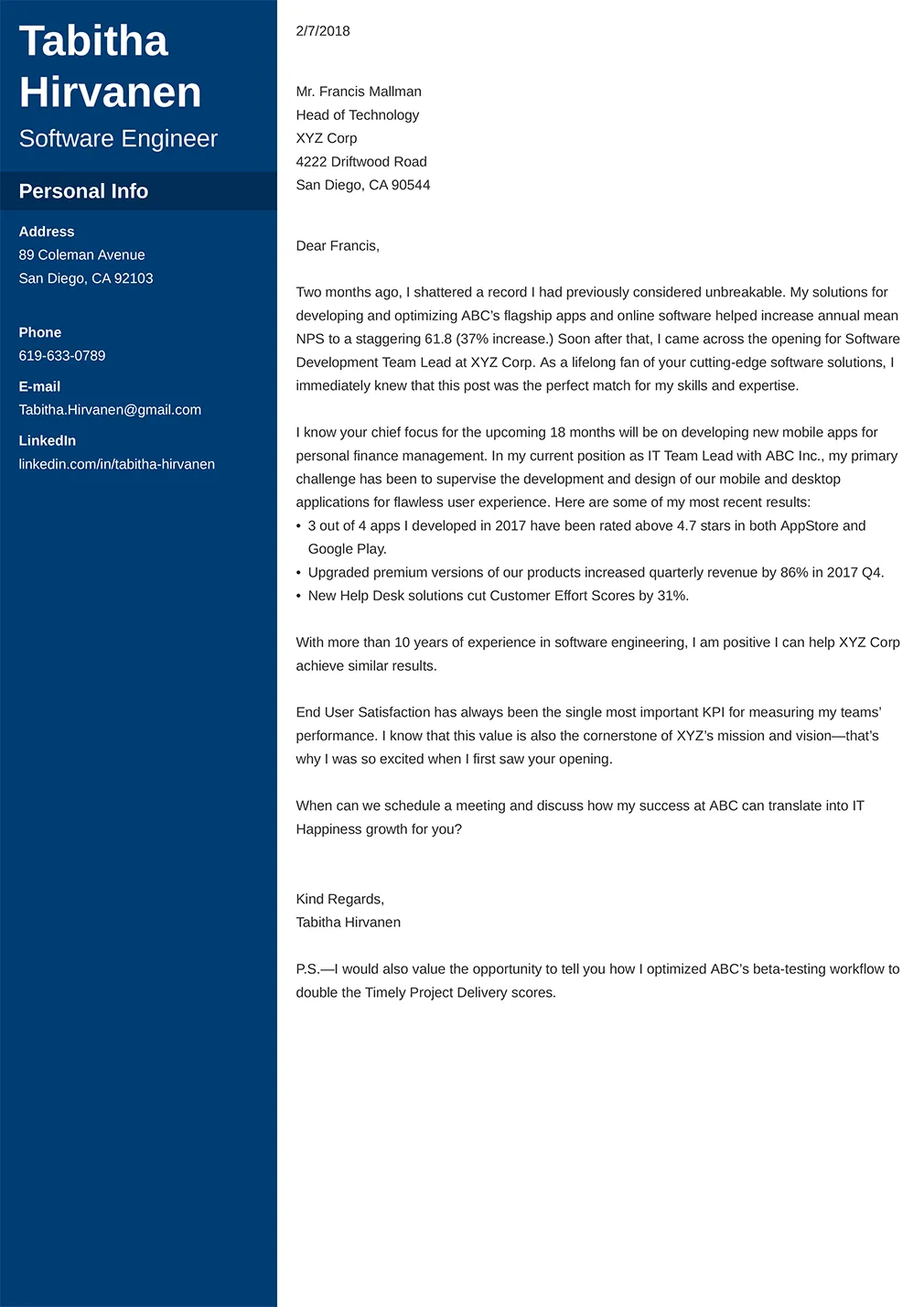
Keep your cover letter concise and to the point. Aim for one page, unless otherwise specified in the job application instructions. Hiring managers often have limited time to review applications, so it is crucial to convey your key qualifications quickly. Use clear, concise language and avoid unnecessary details. Focus on your most relevant skills and experiences and explain how they match the job requirements. Avoid repeating information from your resume, which should be a separate document. The goal is to provide a brief overview that captures the hiring manager’s attention and encourages them to read your resume. A brief cover letter is more likely to hold the reader’s attention and leave a positive impression.
Cover Letter Examples for Various Industries
Examples for Marketing Professionals
Marketing cover letters should highlight creativity, communication skills, and the ability to achieve measurable results. Include examples of successful marketing campaigns, your understanding of target audiences, and your proficiency in relevant marketing tools. Quantify your achievements whenever possible, such as increases in website traffic, lead generation, or sales. Tailor your cover letter to showcase how your experience aligns with the specific needs of the company. Show your proficiency in data analysis, content creation, and digital marketing strategies. A strong marketing cover letter demonstrates your ability to drive results and contributes to the organization’s success.
Examples for Software Engineers
Software engineering cover letters should showcase technical skills, problem-solving abilities, and experience with specific programming languages and tools. Mention relevant projects, your experience working in a team, and your ability to deliver high-quality code. Highlight your problem-solving skills, your familiarity with software development methodologies, and your contributions to previous projects. Detail your contributions to previous projects and quantify your achievements wherever possible, such as optimization improvements or new feature implementations. Demonstrate your knowledge of industry trends. A great cover letter makes a strong case for your technical skills and experience.
Examples for Healthcare Professionals
Healthcare cover letters should emphasize empathy, patient care experience, and relevant certifications and licenses. Demonstrate your commitment to providing quality patient care and your understanding of medical ethics and regulations. Include experience in specific medical specialties or healthcare settings and showcase strong communication and interpersonal skills. Demonstrate your adherence to healthcare ethics. A good healthcare cover letter highlights your compassion, commitment to patient care, and relevant certifications. A well-written cover letter demonstrates how your qualifications align with the job requirements. Focus on your interpersonal skills and your ability to work as part of a team.
Resources and Templates for Writing Your Cover Letter
Many online resources offer cover letter templates and examples to help you craft a compelling cover letter. Websites like Resume.com, and Indeed.com, provide free templates and writing guides. These templates offer pre-formatted structures that you can customize to fit your experience and the specific job requirements. Additionally, career websites and job boards often offer examples tailored to different industries and positions, giving you inspiration. These templates and examples can provide a solid foundation, but it is essential to personalize your cover letter. Make sure your cover letter is unique and reflects your skills and experiences. Customize these templates to reflect your own experiences and skills, tailoring the content to the specific job description and company. Use these resources as a starting point, but always ensure your cover letter is unique and reflects your own qualifications.
